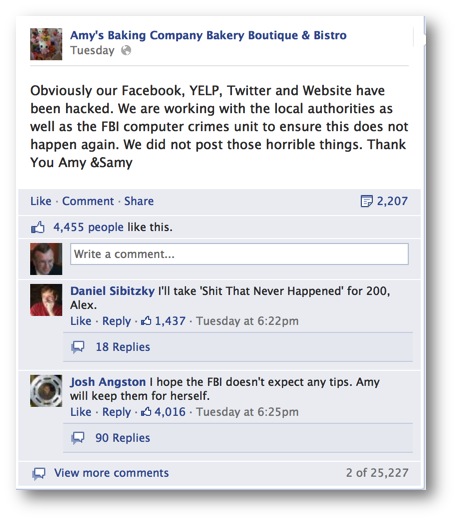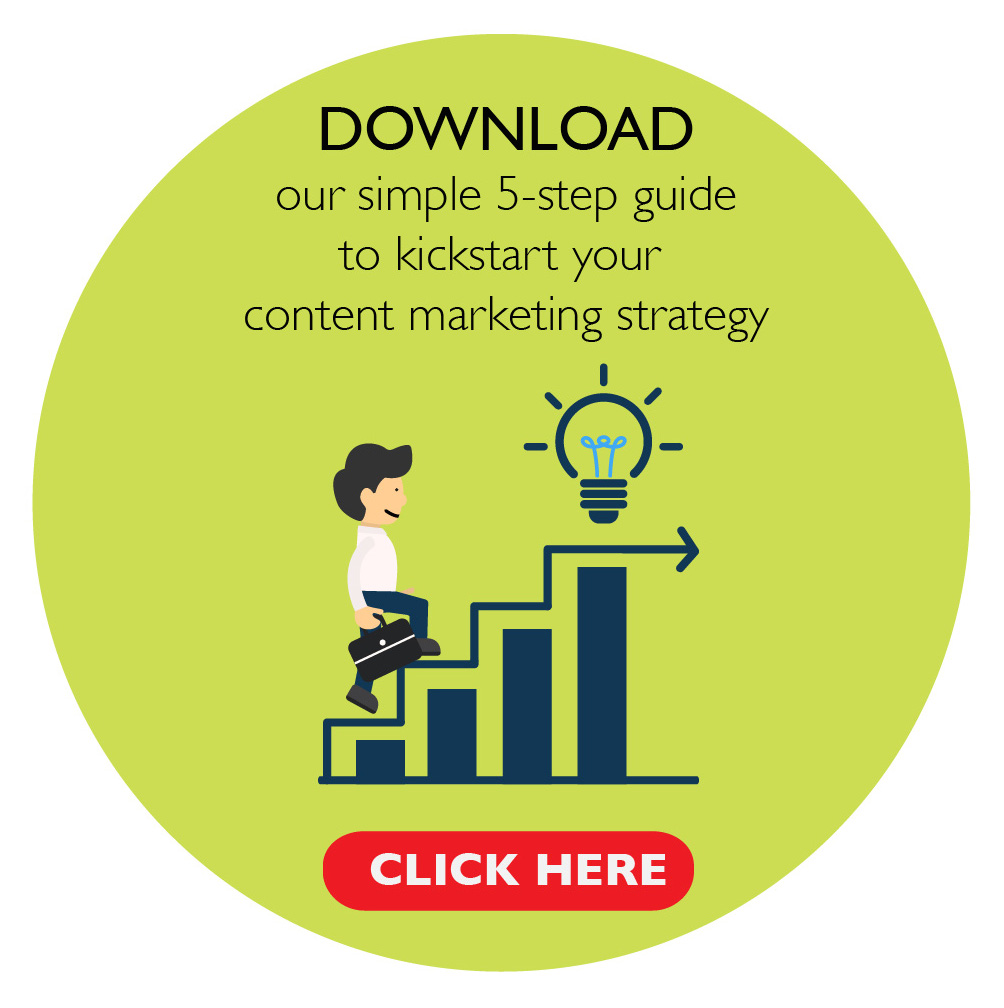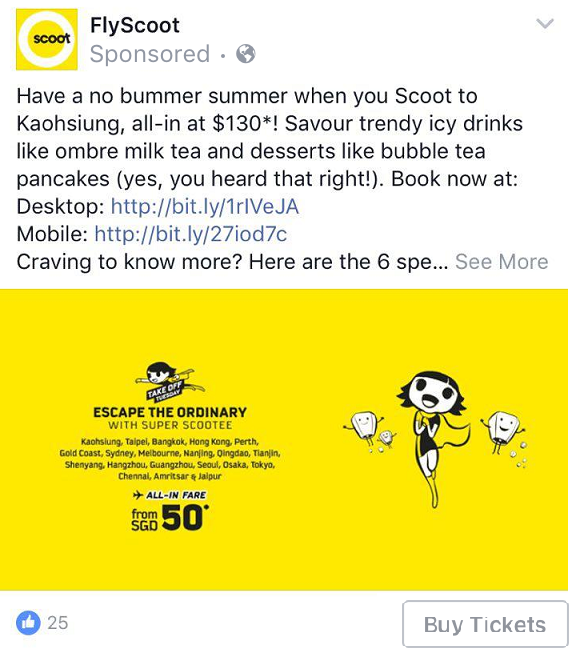So, you’ve made it to December. You’re probably wondering where the last 11 months have gone, but hey ho, it’s now time to start looking ahead.
December is a month that is notoriously filled with back-to-back celebrations. From year-end parties to Christmas and New Year gatherings, it’s full on – but it’s also a time where some people (and businesses) slow down as they mentally prepare for the next year.
However, the media doesn’t stop. Newspapers and magazines are still being published, and TV news doesn’t take a holiday either. Journalists are always on the lookout for new stories and ideas – in fact, this slower time of year often means journos are keener than ever to be approached with thoughtful content. It’s basically a prime time to pitch!
Here are some PR tips to help arm you throughout the festive season and keep your business on track well into the New Year:
-
Pitch, pitch, pitch!
The worst thing you can do is go silent during this month. Instead, keep pitching and stay in touch with key journalists. Research what’s trending and create content pieces or use past ideas and share them with the media. Keep things fun, and where possible make it relevant to the festive season. Even if your story isn’t immediately picked up, the journalists have you on their radar for any future stories, and you can follow up come January with a fresh pitch.
-
Become a social butterfly
It is the party season after all! So get out there and spread those wings. Meet new people, attend industry events, parties and talks. Chances are you’ll bump into members of the media or like-minded people that may have an interest in your business. Have fun, but keep your PR radar on for any opportunities to spread the good word about your brand!
-
Keep connected
Yes, your usual media contacts may be away enjoying their holidays but there will be other writers and editors you can connect with. This will also help expand your PR network and database in general. Stay on top of your target publications and check out who’s writing stories that are relevant. If you’re not sure who’s holding the fort while your closest journalist contacts are away on holiday, pick up the phone and find out.
-
Stay socially active
Whatever your do, don’t forget to remain active on social media. Today’s consumers live and breathe social all year round, and this includes Christmastime. Whether you are manually posting on your company’s chosen platforms or using management and scheduling tools such as Hootsuite, make sure you have a strategy in place – even if you are on holiday. Staying active helps keep your brand top of mind and maintain the traction you’ve built up throughout the year. Download our social media content calendar template to help you map out your social plans across the next month and into the New Year.
-
Plan ahead
Given December is a quieter month, use this time to plan your PR calendar for the New Year. Map out your communications goals and get prepped for new announcements or launches which you know are happening in 2017. Create plans, make calendars and add in tentative timelines to stay on track with execution, ensuring you start the New Year off with a bang!
So what are you waiting for? If you need advice on how to use the festive period to your advantage, get in touch with us at [email protected].









